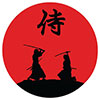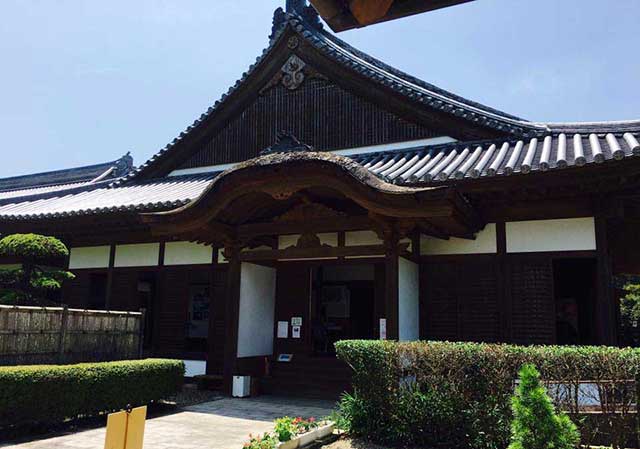
Sadowara Castle in Miyazaki Prefecture was a mountaintop yamajiro castle, initially built by the Tajima clan during the Nanboku-Cho period (1334-1394). As was typical of castles from that era, Mt. Kakusho, the chosen mountain, was terraced to create various baileys, or kuruwa. While defensive structures were constructed at the top and around the mountain, the lord's main living quarters and administrative offices were situated at the mountain's base.
Around 1427, the powerful Ito clan of Miyazaki Prefecture seized Sadowara Castle from the Tajima clan. The Ito clan occupied the castle until 1537, when a fire severely damaged it, prompting them to relocate to Miyazaki Castle for five years while repairs were undertaken. In 1568, the Ito clan returned to Sadowara, making it their primary stronghold. However, the castle changed hands several times thereafter: the Otomo clan took control in 1577, only to lose it to the Shimazu clan in 1579. After the death of Lord Shimazu Iehisa, his successor Shimazu Toyohisa fell at the Battle of Sekigahara in 1600, and Sadowara Castle became Tokugawa property. Despite their former opposition to the Tokugawa, Toyohisa's cousin was appointed castellan in 1693.
The castle underwent significant expansion in 1610, with the construction of a three-story keep, yagura watchtowers, and fortified gates. The remains of the keep indicate it measured approximately 11m by 12m. Excavations revealed parts of a shachihoko, the ornamental tiger-fish roof adornment found on castles and temples, suggesting that gold-covered shachihoko ornaments, 50cm wide and 80cm high, once adorned the keep’s roof.
The paths to the Honmaru, the main central bailey, were carved from the mountain, creating trenches that could trap attacking forces, while defenders could attack from above. Gates along these trenches regulated the flow of potential attackers. By around 1625, the Ni-no-Maru palace and samurai living quarters were built in the defensible narrow valley below the mountaintop.
Sadowara Castle safeguarded the central Miyazaki region until 1870 when the 10th Shimazu lord abandoned it. Like many other castles across Japan, it was demolished in 1871. In 1994, the Ni-no-Maru palace was reconstructed based on studies of the foundation stones and research into 17th-century architectural styles.
See also
-
Marugame Castle
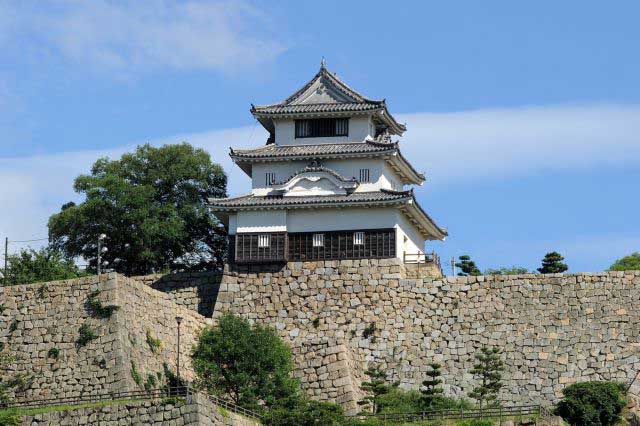
Marugame is part of the so-called “Authentic Dozen,” a group of twelve castles whose donjons have survived to the present day without major reconstructions since the Edo period.
-
Iyo Matsuyama Castle
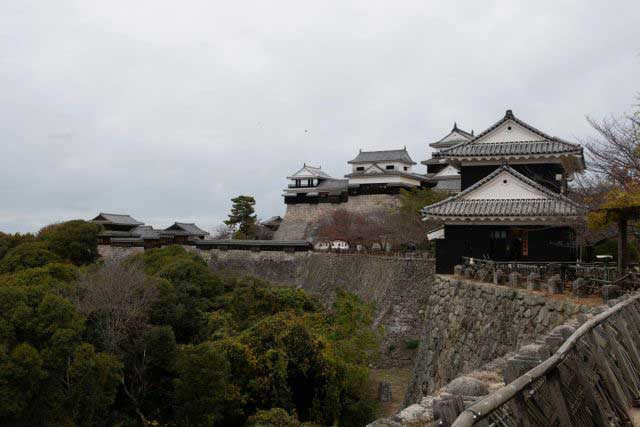
Historically, the center of Iyo Province—corresponding to today’s Ehime Prefecture on the island of Shikoku—was the city of Imabari, while the Matsuyama area was regarded as an agricultural hinterland with broad plains and low hills. During the Muromachi period, the central part of the province was governed by the Kano clan from Yuzuki Castle. With the onset of the Sengoku period, however, this clan lost its former influence and was forced to survive in the shadow of the more powerful Mori and Chōsokabe clans. After Toyotomi Hideyoshi’s forces conquered Shikoku in 1587, the northern part of Iyo Province was granted to Fukushima Masanori, one of the so-called “Seven Spears of Shizugatake.” In 1595, Masanori was transferred to Kiyosu Castle, and the lands around Matsuyama were given to another of the Seven Spears, Katō Yoshiaki, who received Masaki Castle and an income of 60,000 koku of rice.
-
Kanazawa Castle
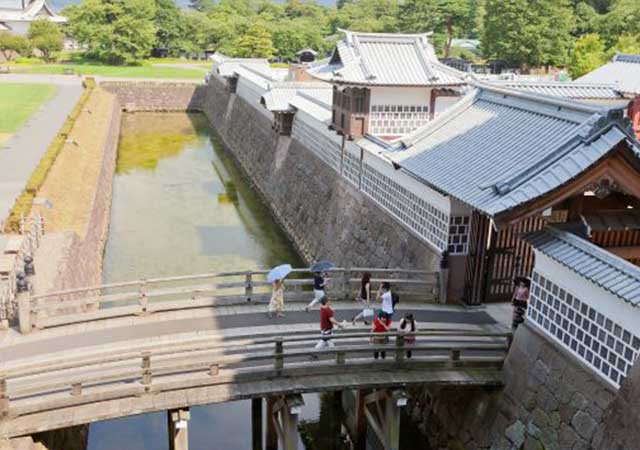
Construction of Kanazawa Castle began in 1580 on the orders of Sakuma Morimasa, a vassal of Oda Nobunaga. The castle was built on the site of the Ikko-ikki sect's Oyama Gobo temple, which is why it is sometimes called Oyama Castle. Morimasa managed to build several moats and begin construction of a castle town. However, after his defeat at the Battle of Shizugatake in 1583, he was executed, and ownership of the castle passed to Maeda Toshiie (1538–1599).
-
Nakatsu Castle
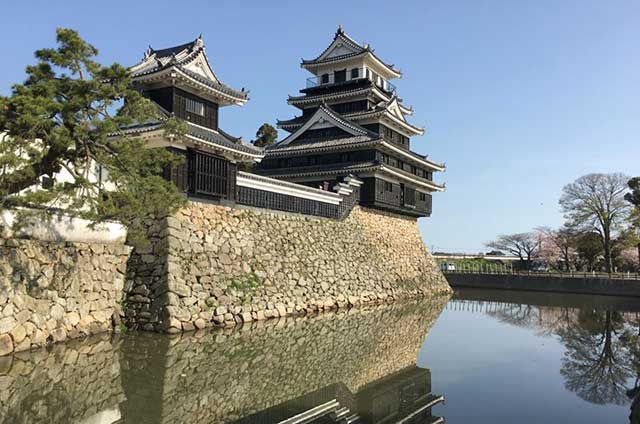
Kuroda Yoshitaka (1546–1604) was one of the closest advisors to the legendary military commander Toyotomi Hideyoshi. He took part in key military campaigns of the late 16th century, including the campaign against Shikoku in 1585 and the campaign against Kyushu in 1587. Later, during the second campaign in Korea, Yoshitaka served as chief advisor to the commander of the invasion forces, Kobayakawa Hideaki. After Hideyoshi's death, he swore allegiance to Tokugawa Ieyasu, thereby securing his influence and patronage under Japan's new leader.
-
Edo Castle
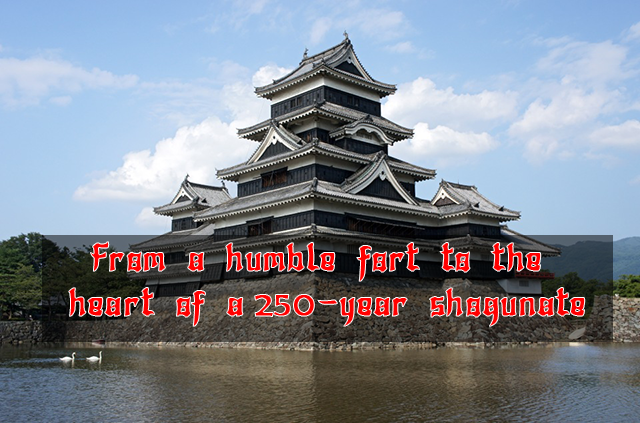
The history of Edo Castle dates back to the Heian period, when the Edo clan built a small fort on this site. In 1457, the vassal of the Uesugi clan, Ota Dokan (1432–1486), constructed a full-scale castle here. Internal conflicts weakened the Uesugi clan, and in 1524, Ota Dokan’s grandson, Ota Yasutaka, surrendered the castle without resistance to the forces of Hojo Soun, the ambitious leader of the Hojo clan. While Odawara Castle remained the clan's main stronghold, Edo was considered a key strategic fortress.
-
Samurai Museum Shinjuku

Situated in the vibrant district of Shinjuku, the museum showcases an extensive collection of samurai armor, weapons, and cultural artifacts spanning from the Kamakura to the Edo period. The exhibits aim to convey the samurai's unwavering commitment to honor and discipline, reflecting how their spirit continues to influence modern Japanese culture.
-
Anjo Castle

Anjo Castle was built on a slight elevation at the edge of the Hekikai Plateau, about 2 kilometers southeast of present-day central Anjo City in Aichi Prefecture. Today, the surrounding area thrives on large-scale agriculture and automotive manufacturing, utilizing the expansive flatlands and its proximity to the Nagoya region.
-
Numata Castle
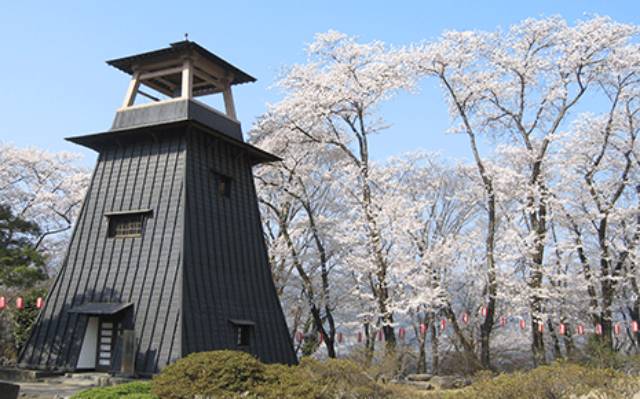
Numata Castle, located in Numata, northern Gunma Prefecture, Japan, has a rich and complex history. During the late Edo period, it served as the residence of the Toki clan, who ruled the Numata Domain. Over the centuries, the castle changed hands multiple times and was the site of significant battles during the Sengoku period.

